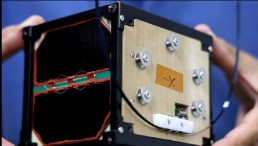space
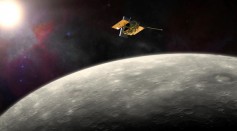
Messenger Probes Dramatic Death Scheduled for April 30
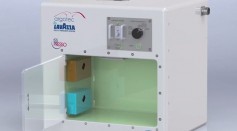
Espresso Machines Brings Civilized Society to ISS
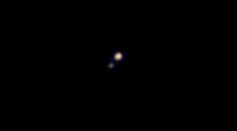
New Horizon's Sends Back First Color Image of Pluto and Charon
SpaceX Stage 1 Failed, But What Will Still Make It To the International Space Station?
Close, But No Cigar—SpaceX Rocket Recapture Fails Again
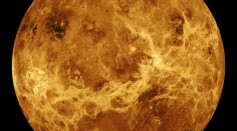
Scientists Believe That Venus Holds the Secret of How Life Developed on Earth
Round 2 For SpaceX’s 10-Point Landing
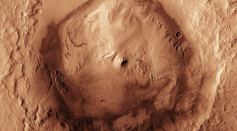
Curiosity Finds Compelling Evidence of Liquid Water Near Martian Surface
What’s New for SpaceX’s Falcon 9 Space Launch? Find Out Here and Watch It LIVE
Getting to the Core of Extinction—Researchers Return to Crater That Caused Millions of Dinosaurs to Die
Round 2 For SpaceX’s 10-Point Landing
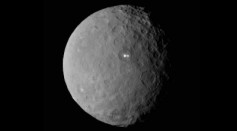
NASA’s Dawn Spacecraft Emerges into the Light
SpaceX Poised to Try Daring Rocket Landing Again
Organic Molecules Discovered in Young Star System
Most Popular

The Role of AI in the Next Generation of Logistics: Insights from Tobias Waldhecker

Alzheimer's Treatment Drug Lecanemab Found to Increase Death Risk, New Research Shows

Cloned Black-Footed Ferret Gives Birth to Two Healthy Kits

November Skywatchers: Crescent Moon Meets Bright Venus for a Stunning View

